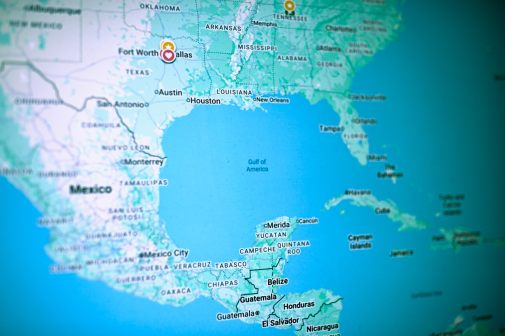Data project looks at impact of federal dollars on states
The National Priorities Project, a nonprofit and nonpartisan federal budget research organization, has launched State Smart, a new interactive website that allows people to see the federal government’s impact in all 50 states and the District of Columbia.
Using data compiled from federal resources such as the Census Bureau, the IRS and the Bureau of Economic Analysis, State Smart gives a state-by-state breakdown of what federal money comes to each state, what it is used for and how much of an impact the federal government has on the local workforce.
“How much money does my state receive from the U.S. budget? How much money do people in my state pay in federal taxes?” the organization wrote on its blog. “NPP gets these questions from the media, from people who work in state budget offices, from students, and from advocates working to change policy. And frankly, for the past several years we haven’t had complete answers. That’s because the federal government stopped publishing those numbers. So we decided to fill the void.”
The project looks to replicate the Census Bureau’s Consolidated Federal Funds Report, a now-defunct resource that published data on federal spending on states. It was discontinued in 2011.
The project had two primary goals: show how federal money goes to the states and how states contribute to the federal budget.
To show how the money came from the federal government, the organization focused on grants to state and local governments, aid to individuals, compensation to federal employees in the states and federal contracts in states. How money went back the other way was slightly simpler as it came from taxes paid.
Some highlights the organization found early in its research:
- In all but four states, businesses paid less than 20 percent of the total federal taxes sent to the U.S. Treasury.
- Four states receive 90 percent or more of their federal contract dollars from the Department of Defense.
- In 2012, federal grants for programs like Temporary Assistance for Needy Families, Title I and Medicaid accounted for $1 in every $3 in state revenue.
- During the past five years, compensation for federal jobs has been rising at a slower rate than compensation for U.S. jobs as a whole.
The site helps further explain the relationship that state governments have with the federal government. Every state budget in the U.S. relies on money from the federal government, and many local budgets do, too.
Nationally, the percentage of state revenues that come from federal dollars jumped from 27.8 to 35.5 percent between 2008 and 2010, as Recovery Act money trickled into state coffers.
In 2012, the most recent year on record, federal money made up 32 percent of revenues collected by the 50 states. For example, in 2012 California got $55.8 billion from the federal government, which is 27.2 percent of its total revenue. That results in each resident getting nearly $5,000 in federal funds each year, one of the lower totals in the nation.
To look at what is going on in your state, check out the project.






